Top 10 Most Expensive Cars In The World
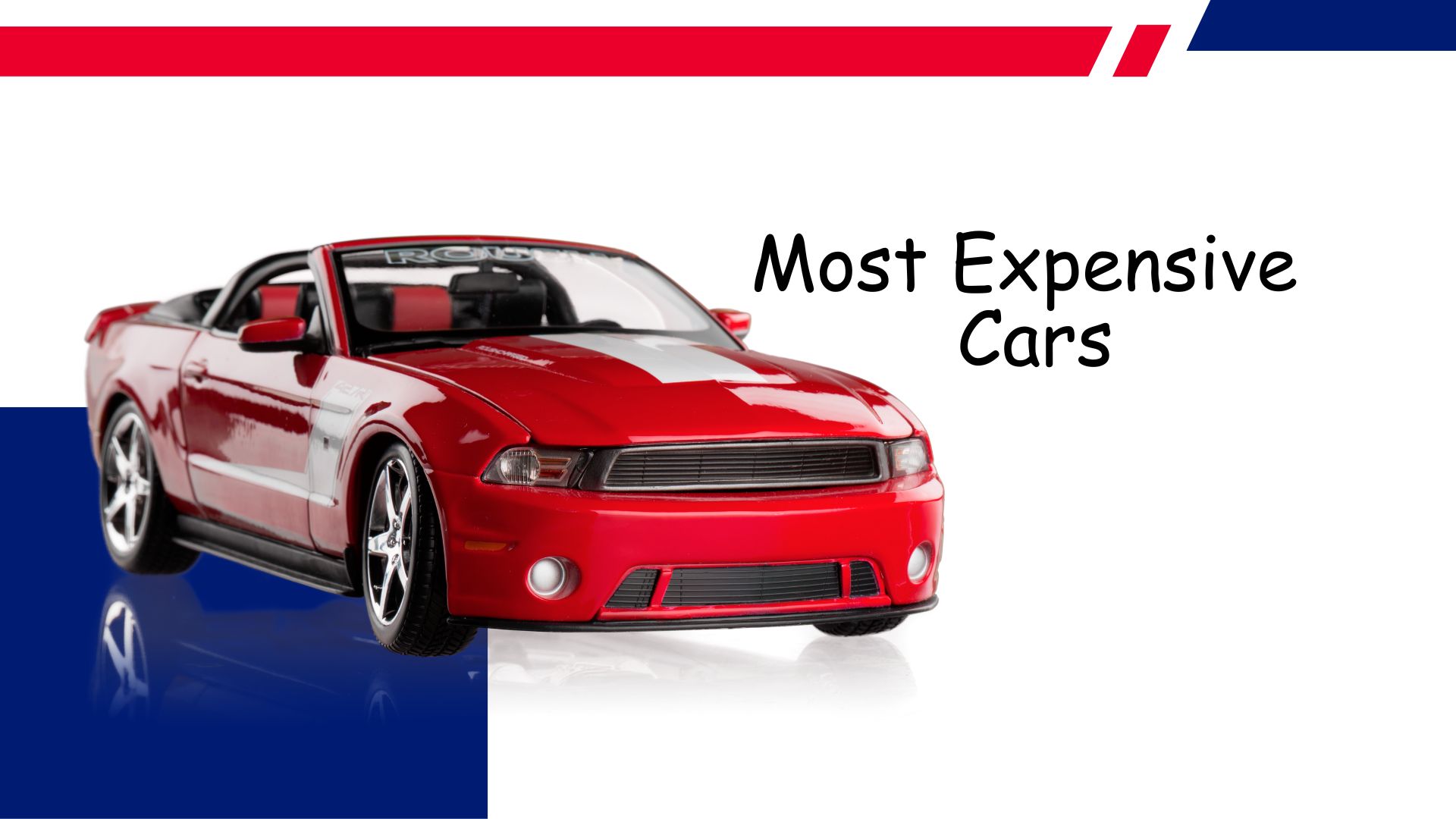
Page Contents
Cars are four-wheeled automobiles with roadways for propulsion. From compact city cars to luxurious supercars, they come in an array of forms, sizes, and designs. Vehicles can be powered by petrol, gasoline, electrical, or fusion motors with varying levels of fuel economy and environmental effects. Cars have become an indispensable part of modern society since they provide quick and efficient means of transportation. Vehicles provide individuals with the luxury, speed, and freedom to move around; however, they also contribute to traffic jams, fatalities, and the environmental degradation we witness around us. Automobiles provide us with luxury but at a cost; they increase traffic jams, cause fatalities, and pollute our environment in unintended ways.
In the late nineteenth century, diesel fuel cars began appearing, ushering in an era of automobiles. Karl Benz created the first gasoline-powered car in 1886 which spurred numerous developments by automakers throughout Europe and America. Henry Ford introduced his Model T into mass production on a factory line in 1908 – this mass production allowed cars to become cheaper for workers across America and lower their price tags to make them accessible to more people.
Cars underwent an exciting transformation during the 1920s and 1930s, adding features like transmitters, climate control, and gearboxes. Unfortunately, both the Great Depression and World War Two severely disrupted this industry; sales fell off dramatically after both crises ended. After that, though, vehicles gained prominence as status symbols – supercars for power and quickness, while luxury models offered convenience and aesthetic beauty. Throughout these decades, many drivers sought out supercars due to their speed, while wealthier individuals preferred luxury models for convenience and elegance.
In the 1970s; global electricity shortages and concerns about pollution and gas mileage caused Japanese automakers such as Honda and Toyota to develop lighter; more fuel-efficient models. They challenged American and European automakers' dominance of this sector with cutting-edge technologies and layouts.
With advances in hybrid and electric vehicle equipment; automated driving capabilities; as well as other developments designed to make automobiles friendlier; more effective; and greener – cars have continued their journey into the 21st century. Thousands of individuals across industrial, marketing, and service industries depend on cars for mass transport and economic life, making them indispensable components.
Types Of Cars:
- SEDAN
- SUV
- COUPE
- MINIVAN
- CONVERTIBLE CARS
- HATCHBACK
- ELECTRIC CARS
- SPORTS CARS
- HYBRID VEHICLES
Popular Car Brands:
- HONDA
- HYUNDAI
- KIA
- JEEP
- BMW
- MERCEDES
- FERRARI
- VOLKSWAGEN
- AUDI
- TOYOTA
- FORD
- NISSAN
- TESLA
- SKODA
- PORSCHE
Environmental Benefits And Disadvantages of Cars:
- Cars emit CO2, a greenhouse gas with significant environmental consequences. According to the Worldwide Energy Agency, approximately 23% of Earth's power-related Carbon dioxide emissions come from transportation (which includes automobiles).
- Automobiles emit volatile organic compounds (VOCs), air pollutants (PM), sulfur dioxide (SOx), oxides of nitrogen (NOx), and hydrogen sulfide (Hs) into the atmosphere. These emissions may cause breathing issues as well as ocean acidification, endangering both people's health and the ecosystem.
- Oil and fuel are necessary for cars to run, yet their mining, shipping, and refinement can harm our planet through oil spills, habitat degradation, and marine pollution.
- Habitat destruction, biodiversity loss, and other adverse effects on natural environments and ecosystems can all be traced back to the construction and upkeep of highways for automobiles.
- Electric vehicles (EVs) emit zero pollutants compared to their fossil-fuel counterparts, providing a viable means for a reduced transport network. Unfortunately, the energy required to recharge them compromises their environmental benefits.
- Vehicles with improved fuel economy can reduce greenhouse gas emissions and save owners money on fuel expenditures.
- Comparing automobiles alone to mass transportation like subways or buses, mass transit drastically reduces pollution levels.
- Splitting a vehicle or sharing rides with others may reduce carbon emissions and save money on gasoline.
- Physical transport options like cycling, jogging, and running do not emit pollutants and are healthy options that don't pollute.
- Federal programs can help reduce car pollution by increasing fuel taxes, setting automobile requirements, and offering subsidies for lower latency drivers.
Why Cars are Expensive?
- Automobiles are complex machines that require exact precision and quality control during production. The cost of natural resources, manpower, and necessary technology in production may be high, which ultimately drives up the final price for customers.
- The auto industry invests heavily in research and development to maintain and innovate designs, technology, and services. Unfortunately, these costs often get passed on to customers, increasing expenses.
- Automakers must adhere to numerous regulations and standards that may increase the cost of production, thus increasing a vehicle's price tag.
- Many buyers desire cars that can be personalized according to their tastes in colors, equipment, and options. As a result, the price of a vehicle may rise significantly with personalization.
- Some car companies and producers' vehicles may be perceived to be of higher value and costlier. This perception can be influenced by factors like promotion, elegance, and corporate reputation.
- Government-imposed taxes and duties on foreign vehicles or certain automobile types may increase the price of a vehicle.
- The pricing of vehicles is heavily determined by economic principles such as demand and supply. A car's cost could be higher depending on a large market for it and limited supply.
Mentioned below are the World’s top 10 Most Expensive Cars
- 1955 MERCEDES-BENZ SLR – WORTH $146M
- FERRARI 250GT0 – WORTH $55.8M
- BUGATTI TYPE 567sc ATLANTIC – WORTH $40M
- ROLLS-ROYCE BOAT TAIL – WORTH $28M
- PAGANI ZONDA HP BARCHETTA – WORTH $17.8M
- ROLLS-ROYCE SWEPTAIL – WORTH $12.8M
- 1937 MERCEDES-BENZ 540K SPECIAL ROADSTER – WORTH $9.9M
- 1957 FERRARI 500 TRC SPIDER – WORTH $7.8M
- 1954 FERRARI 375 AMERICA VIGNALE CABRIOLET – WORTH $7.5M
- 1955 PORSCHE 550RS – WORTH $3M
#1. 1955 MERCEDES-BENZ SLR – WORTH $146M
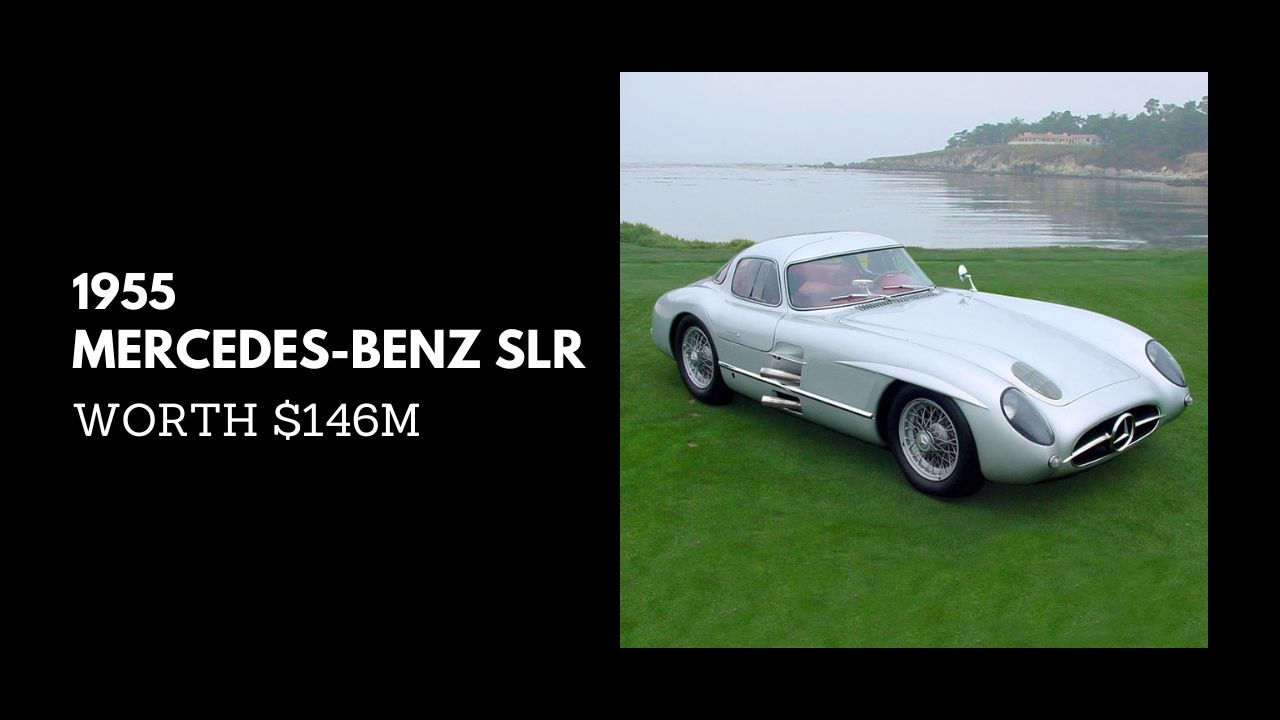
A remarkable amount was paid for the 1955 Mercedes-Benz SLR Uhlenhaut Coupe. Even if one adds up all of the costs associated with other cars in this ranking, they would still far fall short of matching what was spent on this vehicle – yet what an incredible investment it was! The SLR Uhlenhaut Coupe is one of Mercedes-Benz's most celebrated vehicles. Famed architect Rudolf Uhlenhaut designed one of only two cars modeled on the 300 SLR that can be raced. At 180 mph, the Uhlenhaut Coupe was among the fastest cars in history – not to mention its stunning aesthetic design. While its story is intriguing, and now being made available for purchase for the first time, its high price tag certainly makes this car worthwhile.
#2. FERRARI 250GT0 – WORTH $55.8M

The Ferrari 250 GTO is one of the world's most stunning and recognizable supercars. Its remarkable driving capabilities and acceleration earned it the attention of motorsport aficionados and celebrities around the world, making it one of the most expensive and sought-after automobiles available today.
Hagerty's assessment tool values the 250 GTO at $55.8 million. A most expensive superstar vehicle owned by Ralph Lauren and Pink Floyd musician Nick Mason sold at secret bidding for $70 million in 2014.
#3. BUGATTI TYPE 567sc ATLANTIC – WORTH $40M
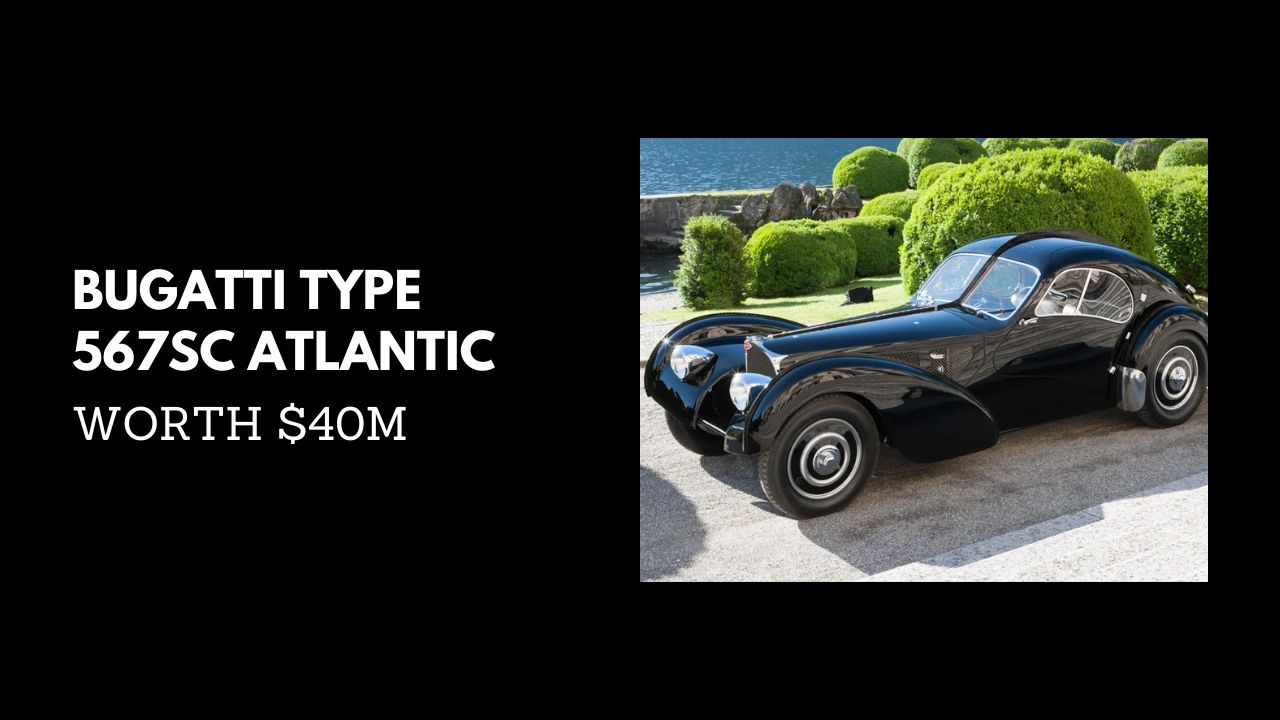
Bugatti is now renowned for its luxurious supercars with engines powerful enough to power a small town, but the manufacturer used a similar strategy back in the 1930s. This stunning Type 576SC Atalante can be customized with a root system supercharger upon purchase, making it one of the earliest 57SCs ever made.
The compressor upped the car's capacity to 200, making it one of the fastest and most powerful automobiles available before World War Two began. This particular 57SC Atalante boasts several distinguishing features that set it apart from other models, adding to its allure. Bugatti's iconic Scintilla headlamps and scalloped back bumpers, which completely conceal the rear wheels, showcase their exquisite coachbuilding. As one of only 17 examples still in operation today, this car has a long and fascinating story that dates back to when it was first delivered in Paris in 1937.
#4. ROLLS-ROYCE BOAT TAIL – WORTH $28M
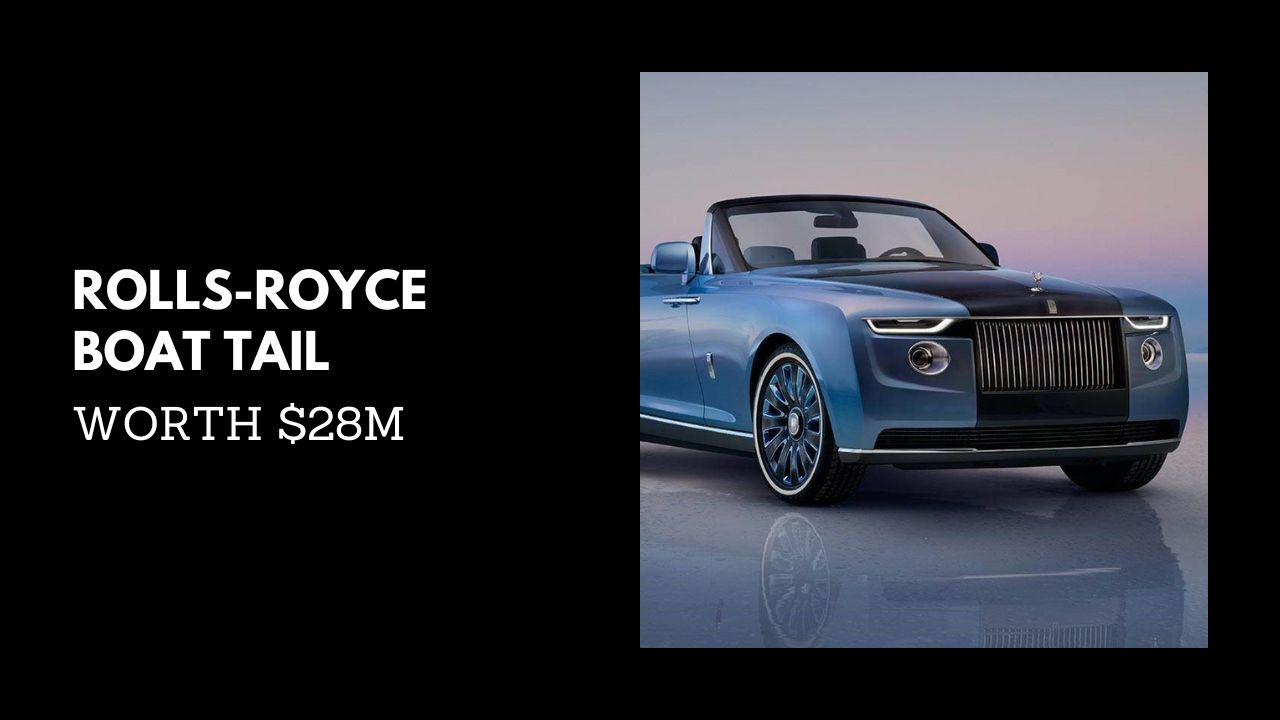
The Rolls-Royce Boat Tail, built on the Spectre chassis, is an extremely rare and customized sporty sedan that has undergone release features as well as personalization to meet the company's specifications. Its distinctive look was inspired by vintage sporting vessels and crafts.
The Boat Tail stands out with its long, arching canopy, compact design, and distinctive “boat tail” back part. Musician Jay-Z is said to be its sole owner, and it reportedly costs around $28 million.
#5. PAGANI ZONDA HP BARCHETTA – WORTH $17.8M
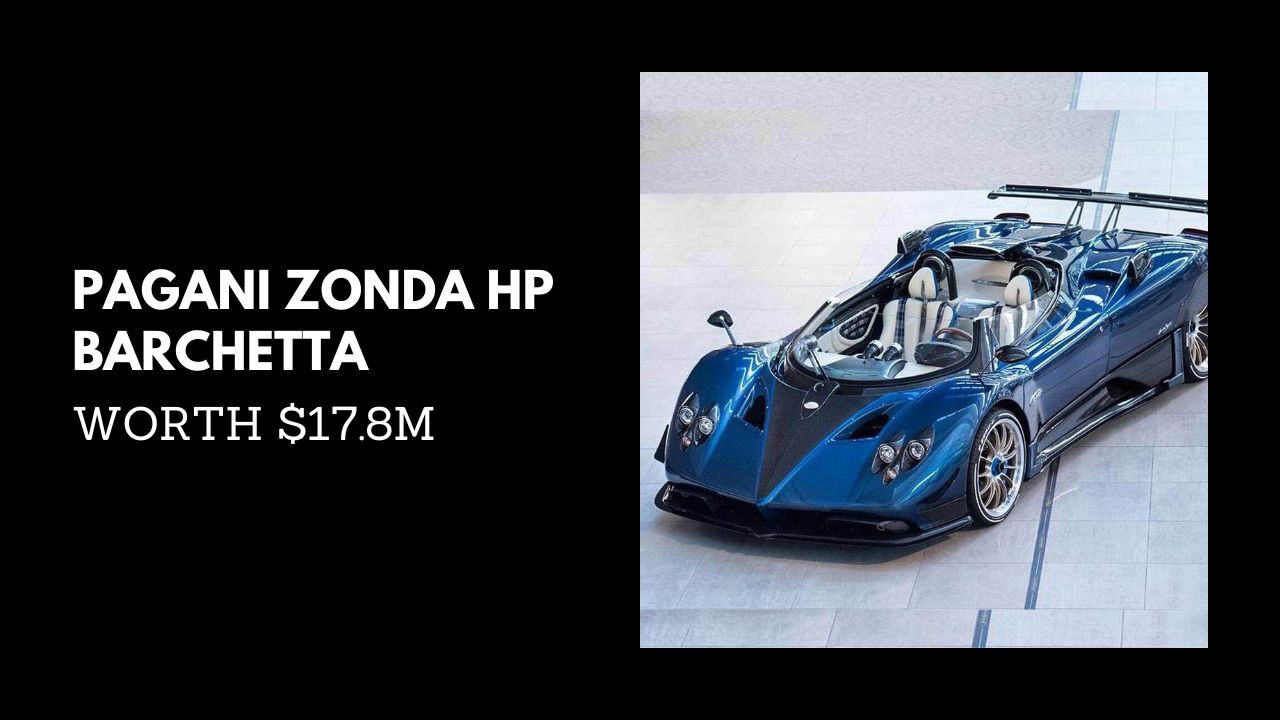
Pagani Automobili's first automobile, the Zonda, was produced nearly fifty years ago. Given their Huayra model's success, production should have ended years ago; yet Pagani continues to craft numerous Zonda special editions today. Horatio Pagani imagined the Zonda HP Barchetta to look similar to an Italian Barchetta, or sailboat.
Constructed entirely out of fiberglass, its compact dimensions and responsive feel bear testament to Pagani's inspiration. At its highest point, this 21-inch car measures just 21 inches (0.5 meters) tall with a tinted blue windscreen. Only four examples exist worldwide of this unique Zonda design – with the most recent sale fetching $17.6 million. Accelerating from zero to sixty mph (100 km/h) takes just 3.4 seconds, and its top speed is 220 miles per hour.
#6. ROLLS-ROYCE SWEPTAIL – WORTH $12.8M
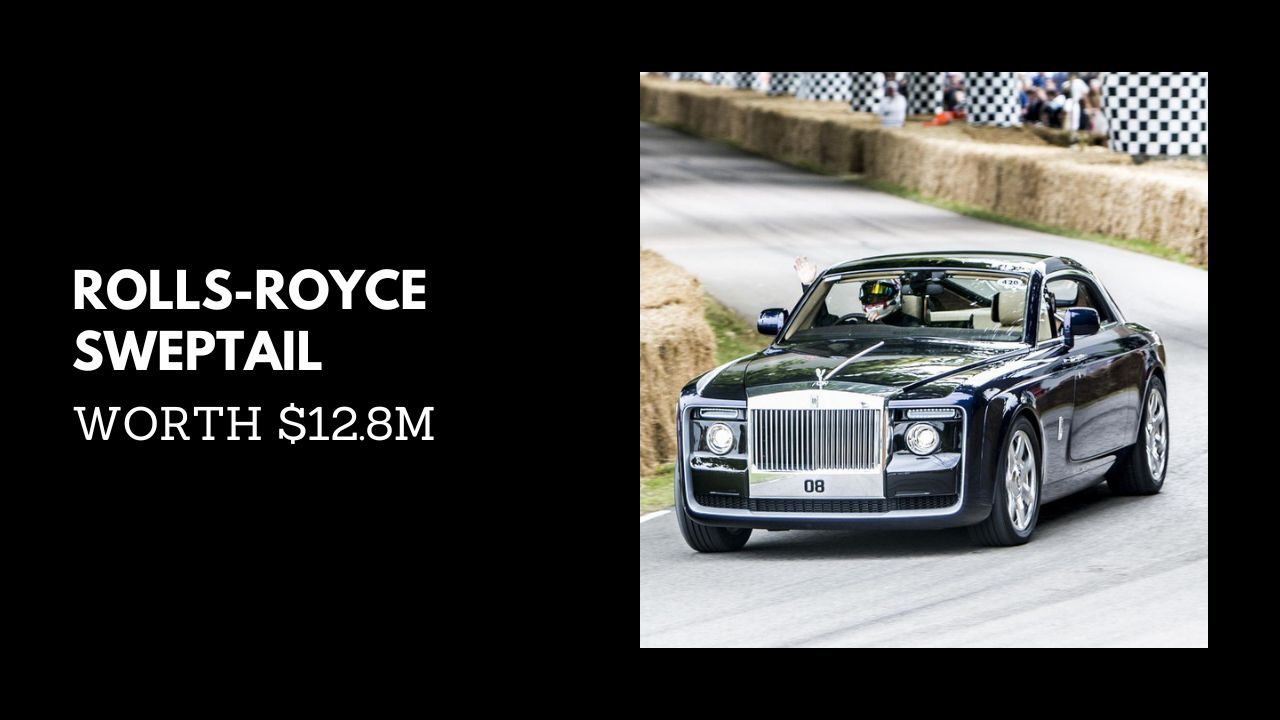
The Rolls-Royce Sweptail wasn't created with one purpose in mind but rather out of necessity. It has captured the attention of auto enthusiasts worldwide; once considered one of the world's most expensive automobiles.
This vehicle's greatest strength lies in the way it blends old and new: modern convenience combined with classic Rolls-Royce designs from the 1920s and 1930s. We're talking about an elegant blend of modernism and innovation that gives this remarkable car such a rare feel – although who owns it remains unknown!
#7. 1937 MERCEDES-BENZ 540K SPECIAL ROADSTER – WORTH $9.9M

One important consideration among customers is a rarity. Small-production run automobiles will always be difficult to locate, such as the three Mercedes-Benz 540 K Special Coupes believed to exist today – each estimated to have sold for $10 million or more.
Furthermore, in 1937 King Mohammed Zahir Shah of Afghanistan owned this model; thus its potential appearance on modern Afghan roadways remains a mystery today. It remains only anecdotal how such a car might have looked back then on the newly constructed pavement.
#8. 1957 FERRARI 500 TRC SPIDER – WORTH $7.8M

The 1957 Ferrari 500 TRC Spider is the premier racer on this list, having competed in the 1957 24hrs of Le Mans and earning 12 class wins between 1958 and 1959. Additionally, this vehicle finished on top 18 times between 1957 and 1963 – an absolute must if you wish to compete at Le Mans Classic or Mille Miglia Storica events.
The 500 TRC Spider featured one of Ferrari's last four-cylinder motors, rather than their traditional V8 or V12 options. With 190 horsepower, this engine could reach a top speed of 153 mph – an achievement only available to industrialist riders.
#9. 1954 FERRARI 375 AMERICA VIGNALE CABRIOLET – WORTH $7.5M
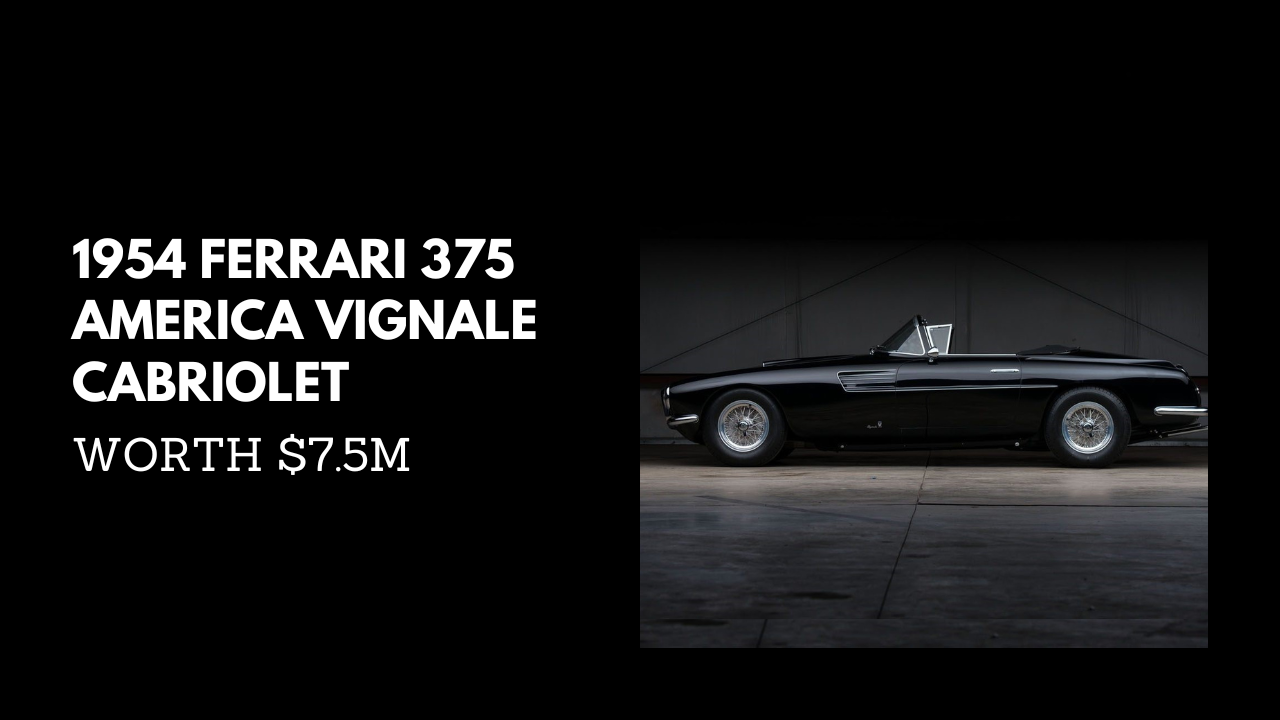
Ferrari wasn't the same company it is today in the 1950s. Back then, Italian designers placed much more focus on great riders – and this can be seen with their iconic Ferrari 375 America model. Ferrari only produced 10 375 Americas, replacing the 342 USA. A monophonic Lampredi motor from Ferrari's 375 MM racer had been used in its replacement; two additional cars that had originally been 250 Europas were later transformed at Ferrari's factory.
This automobile is unique in that it was the only model with coachbuilder work done by Vignale and a cabriolet body type, although purchasers had several upgrade options from Pinin Farina or Vignale to choose from. Enzo Ferrari himself offered it directly to Bianca Colizzi – daughter of director Giuseppe Colizzi – with identical numbers on all its chassis components (rear wheel, motor, and gear), plus its genuine hard top that came with it). It also retains its original hard top which came with it originally.
#10. 1955 PORSCHE 550RS – WORTH $3M
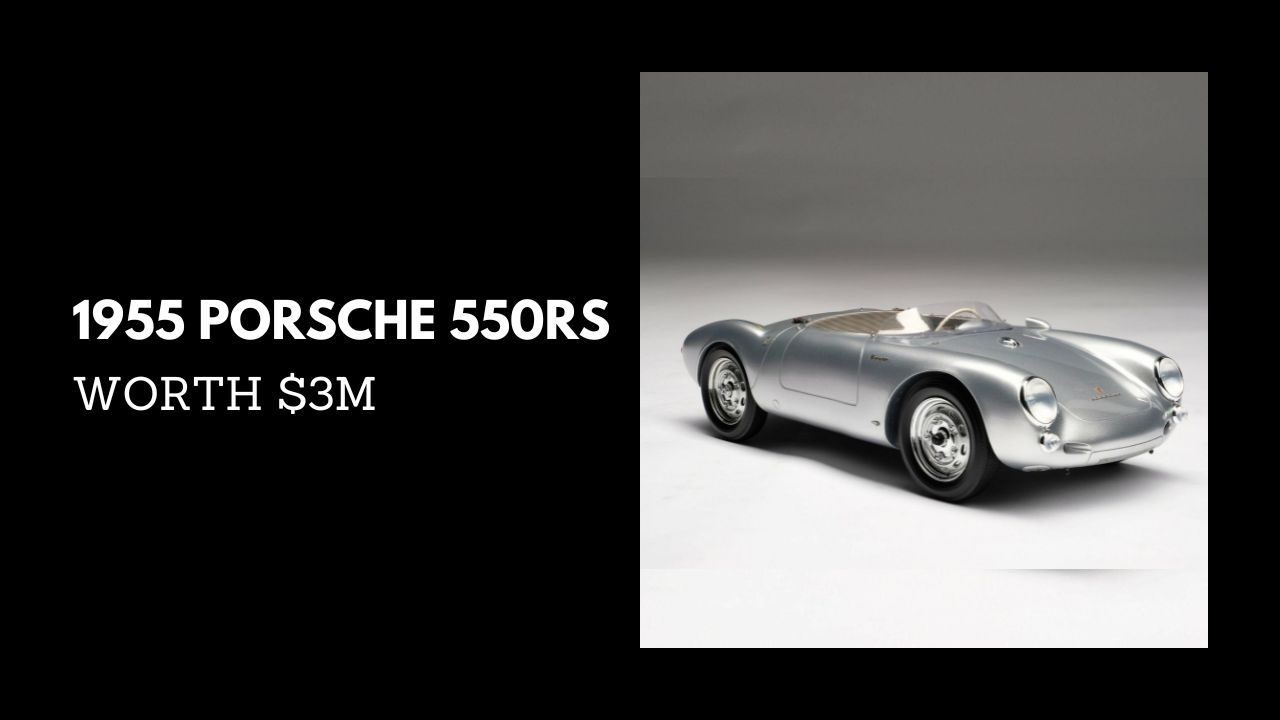
Jerry Seinfeld is projected to reach a net worth of $950 million by 2022, making him the richest entertainer worldwide. He had invested much of his income into amassing an impressive collection of more than 150 unique vehicles, many of which were rare and valuable Porsches such as the $3 million 1955 Porsche 550 RS.
The 550 RS was Porsche's inaugural race-specific vehicle and earned itself the moniker Giant Killer. As one of their finest and most sought-after models, only 90 examples were produced by Porsche – making it both iconic and highly sought after.
BOTTOM LINE:
For over a generation, cars have revolutionized movement and transit, becoming an indispensable part of modern civilization. Their effects can be felt across various aspects of human life, such as the economy, ecology, and society. Vehicles have made it simpler and more accessible for individuals to obtain jobs, education, and extracurricular pursuits. Unfortunately, they also come with drawbacks such as income disparity, transportation overcrowding, and environmental degradation. Due to evolving social needs, the automobile sector is also evolving quickly – with self-driving and electric cars at the top of its priority list. Future automobiles will be safer, more economical, and much greener – offering us the potential to continue revolutionizing transport. We must consider how cars affect society as we move toward this future and create regulations that promote justice and environmental sustainability.
FAQ.
Automobiles boasting enhanced productivity capabilities; luxurious features and the most up-to-date security and technological innovations are classified as premium vehicles.
Vehicles with longer wheelbases typically ride more comfortably than those with shorter spoked wheels; as there is more cushion between the front and rear tires when they encounter obstacles. As such; larger cars provide better control when cornering or stopping abruptly.
A measure of a bank's cash reserves that takes into account its proportion of uncertainty debt instruments is known as the capital adequacy ratio (CAR).
If you plan on keeping your automobile idle for a couple of weeks; experts recommend not running it too far each day. After those initial few weeks have elapsed; however; experts recommend taking steps to maintain it so that it starts up correctly and runs optimally.

Aditi is an Industry Analyst at Enterprise Apps Today and specializes in statistical analysis, survey research and content writing services. She currently writes articles related to the "most expensive" category.